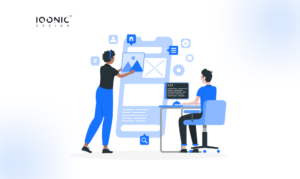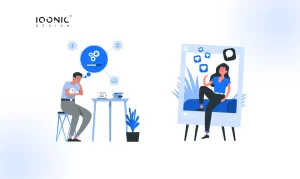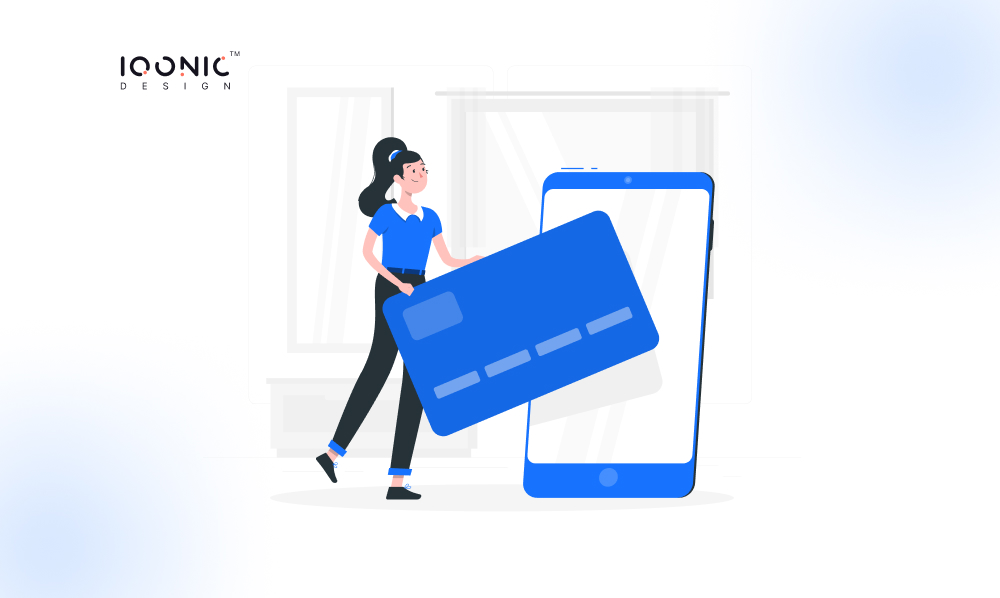
How to Build a P2P Payment App in 2023: Features, Types, and Cost
P2P payment apps, short for Peer-to-Peer, have recently gained popularity. In 2023, their significance has soared to new heights, making it a prime time to delve into creating one. These apps enable individuals to easily send money to each other, revolutionizing how we handle payments.
As the world becomes increasingly digital, P2P payment apps are at the forefront of this financial transformation. This blog delves into the intricacies of crafting your P2P payment app, emphasizing features, types, cost considerations, and the essentials of P2P app development.
Types of P2P Payment Apps
Mobile Wallets:
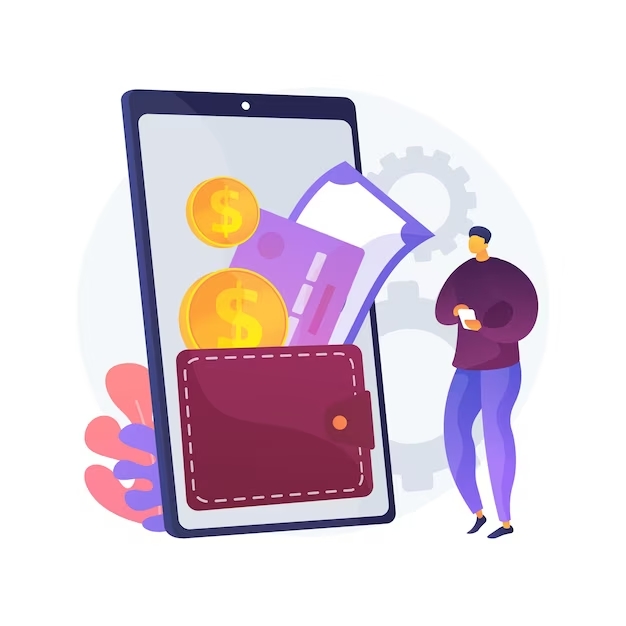
These are integrated into smartphone apps and offer the convenience of storing payment methods, making transactions as easy as a few taps.
Unique features include:
- Quick access to payment methods like credit cards and bank accounts.
- Wallet-to-wallet transfers for instant payments.
- Compatibility with various platforms and retailers.
Bank Apps:
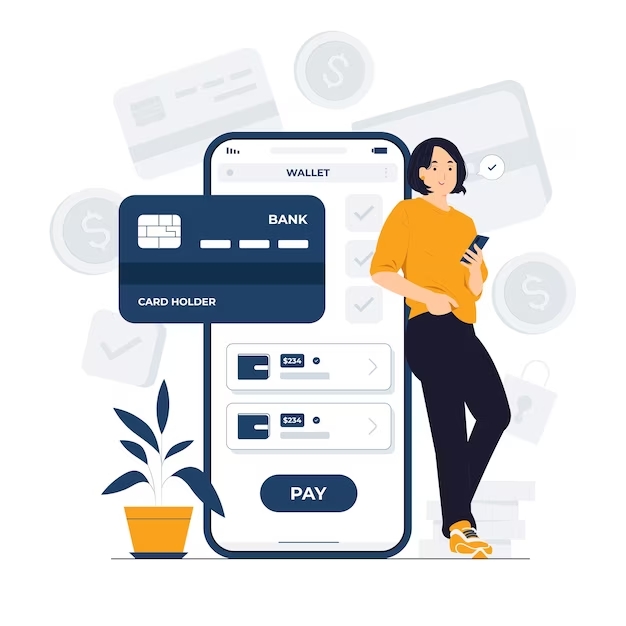
Many traditional banks have incorporated P2P features into their mobile banking apps.
Their advantages include:
- Trust and security associated with established financial institutions.
- Seamless integration with existing bank accounts.
- Often offer real-time transaction tracking.
Standalone P2P Apps:
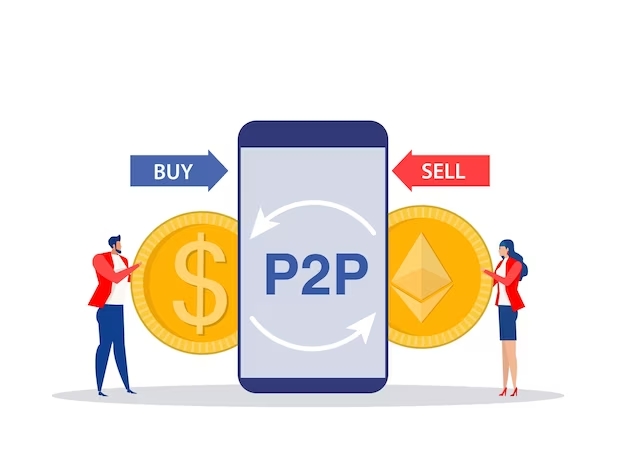
These are dedicated P2P payment platforms not tied to specific banks.
They stand out with features like:
- Simplified registration, not reliant on bank accounts.
- A vast network of users allows transactions with friends and family quickly.
- Sometimes, they offer unique features like splitting bills or group payments.
Key Features of a P2P Payment App
User Registration:
- Easy and secure sign-up process with email or phone number verification.
- Profile creation with user details for identification.
Security:
- Robust encryption to protect user data and financial information.
- Two-factor authentication for added security layers.
- Regular security updates to guard against evolving threats.
Payment Processing:
- Smooth and swift payment processing for both sender and receiver.
- Support for various payment methods, including bank transfers and card payments.
- Real-time transaction status updates.
Transaction History:
- Detailed transaction history to track all incoming and outgoing payments.
- Search and filter options for easy access to specific transactions.
- Statements or receipts for reference and record-keeping.
User-Friendly Interface:
- Intuitive and user-centric design for easy navigation.
- Clear and straightforward transaction flows for users of all tech levels.
- Accessibility features for inclusivity.
Building a successful P2P payment app means mastering these essential features to ensure user satisfaction and trust. These elements contribute to a seamless and secure payment experience, setting your app apart in the competitive landscape 2023.
Security Measures
Encryption:
Implement end-to-end encryption to safeguard user data during transmission. This ensures that only the sender and recipient can access transaction details.
Two-Factor Authentication (2FA):
Enforce Two Factor Authentication for user logins and transactions. This adds an extra layer of security by requiring something the user knows (password) and something they have (e.g., a one-time code sent to their phone).
Fraud Prevention:
Employ fraud detection algorithms that analyze transaction patterns and flag suspicious activities. Machine learning aids in real-time anomaly detection.
Development Process
1. Ideation:
Begin by brainstorming and conceptualizing your P2P payment app. Define its purpose, target audience, and unique features that set it apart.
2. Market Research:
Analyze the market to identify user needs and preferences. Study competitors to find opportunities for differentiation.
3. Planning:
Create a detailed development plan outlining key features, project milestones, and a realistic timeline. Budgeting is crucial during this phase.
4. Design:
Develop wireframes and prototypes to visualize the app’s layout and user flow. Prioritize an intuitive and user-friendly design for a seamless experience.
5. Technology Stack:
Choose the right technology stack based on your app’s requirements. Factors like scalability, security, and platform compatibility should guide your decisions.
6. Development:
Begin coding the app, focusing on security and performance. Regular testing and quality assurance are essential to catch and fix bugs early.
7. Testing:
Conduct rigorous testing for functionality, security, and usability. Beta testing with a select group of users can help identify real-world issues.
8. Deployment:
Launch the app on relevant app stores (e.g., Google Play Store, Apple App Store). Guarantee a seamless user onboarding experience.
9. Maintenance:
Continuously gather user feedback and iterate on the app. Regular updates and improvements keep your app competitive and secure.
10. Team Selection:
Assemble a skilled development team with expertise in app development, security, and user experience design. Collaborative teamwork is vital for success.
Choosing the right technology stack and having a capable development team is pivotal to creating a robust and user-friendly P2P payment app in 2023. This ensures your app meets market demands while providing a secure and seamless payment experience.
Development Process
Development Costs:
The initial expense involves hiring developers, designers, and other experts. It’s influenced by the complexity of your app’s features and design.
Maintenance and Updates:
Continual maintenance and updates are essential for security and feature enhancements. Budget for ongoing costs to keep the app competitive.
Security Measures:
Robust security features may require additional investments but are critical to protect user data and build trust.
Server Costs:
P2P payment apps often use servers to facilitate transactions. Server maintenance and hosting costs add to the overall expenditure.
Tips for Cost Optimization:
1. Prioritize Features:
Begin with essential features and consider adding advanced features to manage initial costs in future updates.
2. Outsourcing:
Consider outsourcing development to reduce labor costs while maintaining quality.
3. Open-Source Solutions:
Leverage open-source libraries and frameworks to save development time and costs.
4. Scalability:
Design your app with scalability in mind to avoid hefty redesign costs as your user base grows.
5. Cloud Services:
Utilize cost-effective cloud services for hosting and storage, paying only for what you use.
6. Agile Development:
Adopt an agile development approach to identify and address issues early, reducing the cost of fixing problems later.
Balancing quality and cost-effectiveness is key to developing a successful P2P payment app without breaking the bank. Prioritize security and be mindful of ongoing expenses to ensure your app remains competitive in the market.
Monetization Strategies
Transaction Fees:
Charge a small percentage or fixed fee on each transaction made through your app. Ensure the fee is competitive to attract users.
Subscription Models:
Offer premium features or benefits through subscription tiers, enticing users to upgrade for added convenience and perks.
Ads:
Incorporate non-intrusive advertisements from relevant partners to generate revenue without compromising the user experience. Ensure ads are strategically placed.
Monetization Strategies
User-Friendly Design:
A user-centric, intuitive design enhances the overall experience, making it easy for users to navigate, send money, and access features.
Smooth User Experience:
Streamline user flows, minimize clicks, and provide clear instructions to reduce friction. A seamless experience encourages user retention and positive reviews.
Prioritizing a monetization strategy that complements the user experience ensures a sustainable revenue stream while offering a P2P payment app that users enjoy and trust in 2023 and beyond.
Challenges and Future Trends
Challenges:
P2P payment apps encounter fierce competition, demanding continuous innovation and robust security to stand out. Regulatory concerns around data privacy and financial regulations also pose obstacles.
Future Trends:
Anticipate blockchain integration to enhance security and reduce transaction costs. Biometric authentication methods like fingerprint and facial recognition promise heightened security and convenience.
Conclusion
In 2023, P2P payment apps are at the forefront of modern finance. They face challenges of competition and regulatory compliance, demanding ongoing adaptation. However, the future is promising.
With blockchain integration and biometric authentication on the horizon, security and convenience will reach new heights. Remember that building a P2P payment app requires careful planning, a user-friendly approach, and a robust security framework in this dynamic landscape.
So, embark on this journey confidently and consider the potential of P2P payment apps to reshape how we exchange money in the coming years.
Unlock the Future of Payments with Iqonic Designs: Your Trusted P2P Payment App Development Partner!
Are you eager to dive into the world of P2P payment apps in 2023? Look no further! Iqonic Designs is an IT service agency here to guide you through the journey of creating a cutting-edge P2P payment app, making it simple and cost-effective.
Who We're Here For:
1. Startups with Payment Dreams:
If you’re a budding entrepreneur with grand ideas for a P2P payment app, we’ll help you turn those dreams into a functional, user-friendly reality.
2. App Development Agencies:
Collaborate with us to enhance your capabilities in P2P payment app development. We offer a cost-effective solution to expand your offerings.
3. SMEs
Your Payment Partner: SMEs seeking high-quality P2P payment app projects without disrupting their core operations can rely on us as a trustworthy partner.
Our Key Strengths:
Exceptional App Design (UI/UX):
Our designs strike the perfect balance between aesthetics and user-friendliness, ensuring your P2P payment app engages and delights users.
Expertise in Flutter:
We specialize in building cross-platform mobile apps using Flutter. Your app will not only look great but also perform efficiently and scale seamlessly.
Robust Backend Development:
Every successful app relies on a strong backend, and we excel in crafting powerful APIs and backend systems.
Compelling Landing Pages:
Your app’s digital introduction is vital. We create landing pages that effectively communicate your P2P payment app’s unique features and benefits.
Hassle-Free Cloud Hosting:
Leave the technical details to us. We handle cloud hosting and app uploads, ensuring your app is accessible to users across platforms.
Reliable Support & Maintenance:
Keeping your P2P payment app up-to-date is crucial. You can count on us for ongoing support and maintenance.
As you embark on the journey of building a P2P payment app in 2023, remember that Iqonic Designs is your dedicated partner. We’re here to guide you through the process, from defining features to estimating costs. Let’s make your P2P payment app a reality in the most straightforward and cost-effective way possible!





